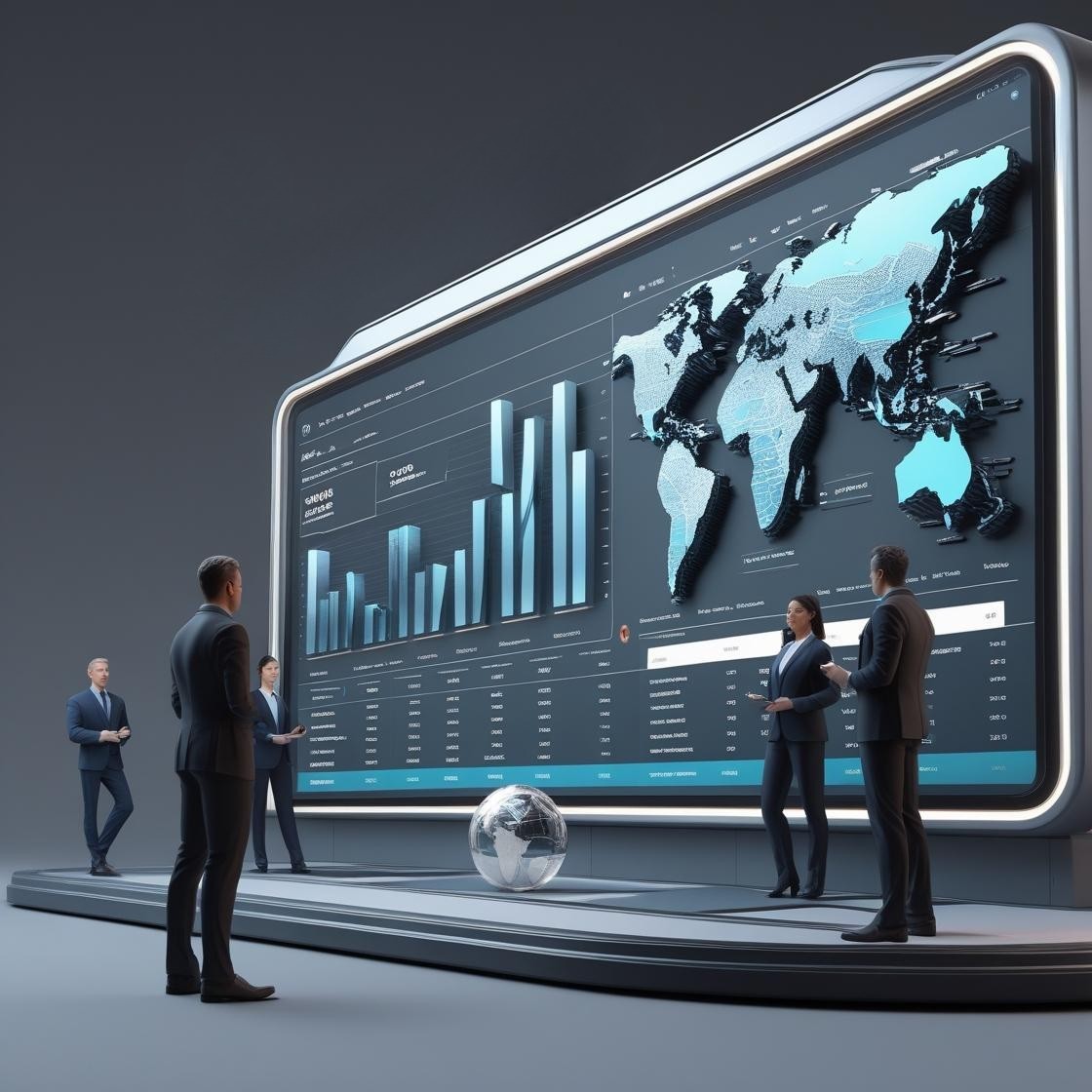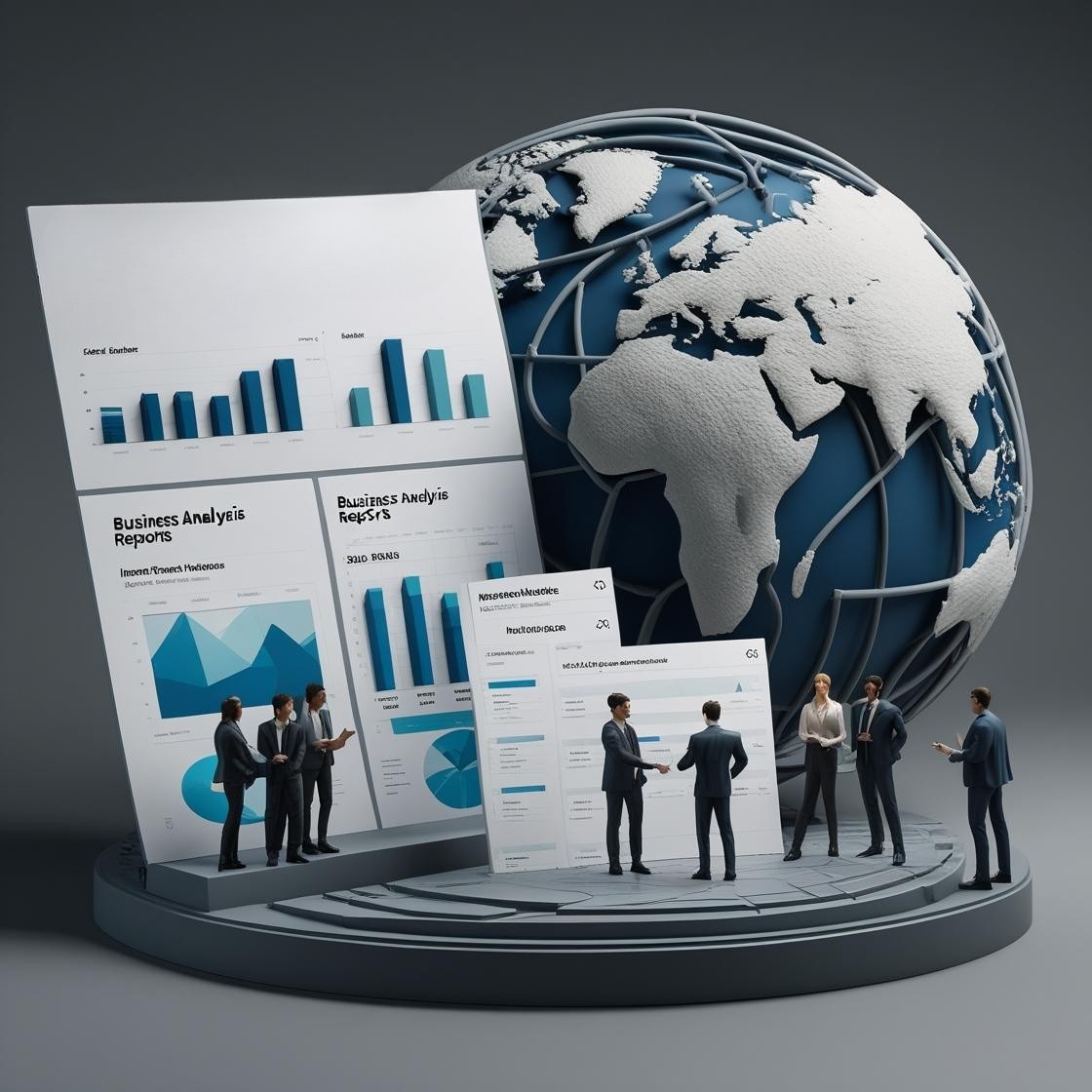Statistical Data

“It's strategic insight at your fingertips, not simply data !!!”
Discover the power of statistics with our comprehensive Global Trade Statistical Dataset, a wealth of information for analysts, academics, and strategic planners in a variety of sectors. Without revealing the identities of individual businesses, this extensive database compiles aggregate global trade statistics from more than 50 nations, providing a thorough window into global economic activities.
Our dataset is designed to promote clarity and is specifically suited for market research. Whether you're looking at shipping values, worldwide product categories, trade volumes, HS Codes, or service patterns, this tool gives you precise insights that help you make informed decisions and gain a competitive edge.
Important Fields in the Data
- Date
- HS Code
- HS Code Description
- Total Value in USD
- FOB Value
- Quantity
- Weight
- Way of Transport
- Destination Country
- Import Country
- Port of Loading
- Port of Unloading

What Statistical Data Gives You?
- Complete Worldwide Coverage: A single dataset containing trade statistics from more than 50 nations.
- Detailed Insights: Recognize trade patterns by industry sectors, cargo values, and HS codes.
- Market Trends Revealed: Identify changes in demand, new industries, and markets with strong performance.
- Data-Rich, Company-Free: Just clear, organized, and private data, no company names.
- Perfect for Research & Strategy: Market researchers, analysts, and policymakers throughout the world trust us.
The 5 Biggest Benefits of Statistical Data
1. Making Well-Informed Decisions.
Statistical data gives researchers and organizations the ability to make more informed decisions that lead to success by providing logical interpretations and distinct data patterns.
2. Better Control of Risk
Organizations can anticipate uncertainty and put proactive measures in place to lessen exposure by using statistical insights to analyze prospective risks and probabilities.
3. Increased Capability to Predict.
Make confident predictions about the future by using statistical models to foresee trends based on previous data. This allows for effective planning and scenario building..
4. Improved Allocation of Resources.
Recognize consumption trends, streamline processes, and prudently distribute funds. The basis for minimizing waste and optimizing impact is provided by statistics.
5. Analysis and Identification of Trends.
See what is beginning to emerge before it peaks. Understanding past and present patterns is essential for strategy, marketing, and innovation since it helps shape the future..

